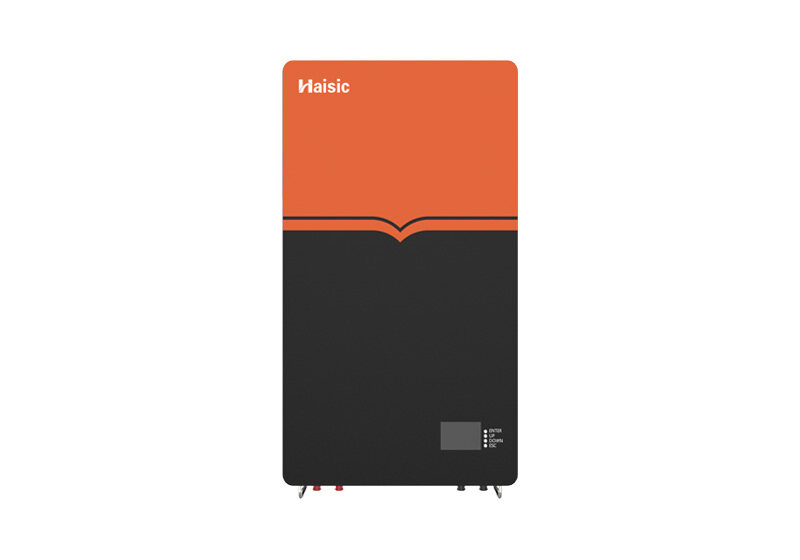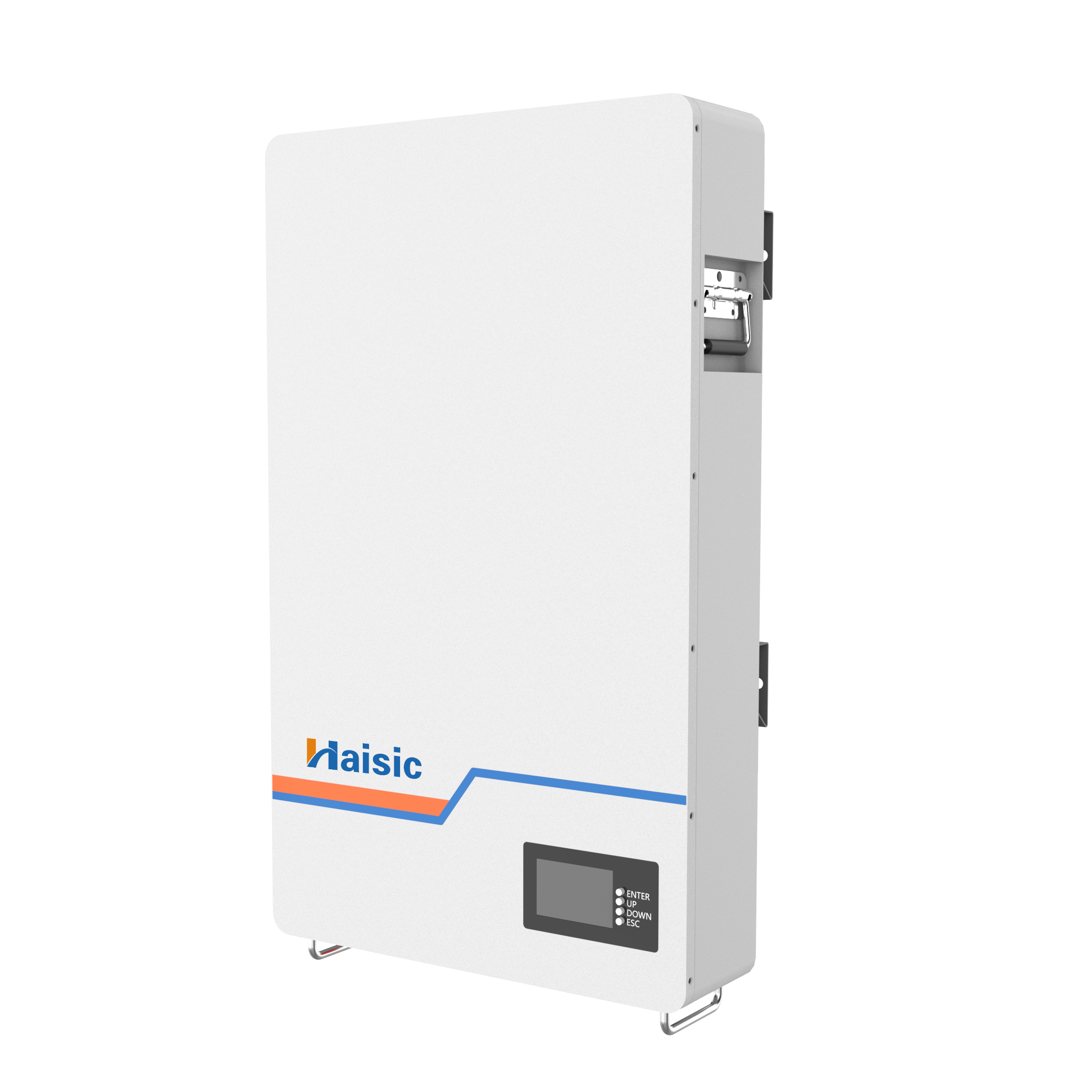Email format error
Email cannot be empty
Email already exists
6-20 characters(letters plus numbers only)
The password is inconsistent
Email format error
Email cannot be empty
Email does not exist
6-20 characters(letters plus numbers only)
The password is inconsistent


The demand for efficient and sustainable energy storage solutions has been on the rise in recent years. The powerwall with hybrid inverter system has emerged as a game-changer in the field of renewable energy. This blog post explores the various aspects of this innovative technology, its benefits, and its potential to revolutionize the way we store and utilize energy.
Understanding the Powerwall with Hybrid Inverter System:
The system is an advanced energy storage solution developed by Tesla. It combines a high-capacity lithium-ion battery pack with a hybrid inverter, enabling efficient energy storage and utilization.
The Importance of Energy Storage:
Energy storage plays a crucial role in the transition towards a sustainable energy future. It allows for the integration of intermittent renewable energy sources, such as solar and wind, into the grid, ensuring a stable and reliable power supply.
Benefits of Powerwall with Hybrid Inverter System:
3.1. Enhanced Energy Efficiency:
The system optimizes energy usage by storing excess energy generated during low-demand periods and supplying it during peak demand. This reduces reliance on the grid and maximizes energy efficiency.
3.2. Seamless Integration with Solar Panels:
The system seamlessly integrates with solar panels, allowing users to store excess solar energy for later use. This enables homeowners and businesses to become more self-sufficient and reduce their reliance on fossil fuels.
3.3. Backup Power during Outages:
One of the key advantages of the system is its ability to provide backup power during grid outages. This ensures uninterrupted power supply, critical for essential services and emergency situations.
3.4. Grid Independence and Cost Savings:
By storing excess energy and utilizing it during peak demand, users can reduce their reliance on the grid, leading to significant cost savings in the long run. Additionally, the system allows for time-of-use optimization, further reducing electricity bills.
How Does the Powerwall with Hybrid Inverter System Work?
4.1. Battery Storage:
The Powerwall utilizes a high-capacity lithium-ion battery pack to store energy. The battery can be charged from the grid, solar panels, or other renewable energy sources.
4.2. Hybrid Inverter:
The hybrid inverter converts the direct current (DC) stored in the battery into alternating current (AC) for use in homes or businesses. It also manages the flow of electricity between the grid, solar panels, and the battery.
4.3. Intelligent Energy Management:
The system employs intelligent energy management software to optimize energy usage, ensuring maximum efficiency and cost savings. It monitors energy consumption patterns and adjusts the charging and discharging of the battery accordingly.
Applications of Powerwall with Hybrid Inverter System?
5.1. Residential Sector:
In residential settings, the system allows homeowners to become more self-sufficient, reduce their carbon footprint, and save on electricity bills.
5.2. Commercial Sector:
The system offers significant benefits to businesses, enabling them to reduce energy costs, improve energy resilience, and demonstrate their commitment to sustainability.
5.3. Industrial Sector:
Industries can leverage the system to optimize their energy usage, reduce peak demand charges, and enhance their overall energy efficiency.
Case Studies: Real-World Implementations:
6.1. Residential Case Study:
In this residential case study, we will explore the installation of the powerwall with hybrid inverter system in a typical suburban home. The homeowner, Mr. Smith, decided to invest in this energy storage solution to reduce his reliance on the grid and take advantage of the benefits of renewable energy.
Before the installation, Mr. Smith relied solely on the grid for his electricity needs. However, he wanted to become more self-sufficient and reduce his carbon footprint. After conducting thorough research, he chose the system due to its reputation for efficiency and reliability.
The installation process involved mounting the Powerwall unit on an exterior wall of Mr. Smith’s home and connecting it to his existing solar panel system. The hybrid inverter was installed in the basement, allowing for seamless integration with the solar panels and the grid.
Once the system was up and running, Mr. Smith immediately noticed the benefits. The system allowed him to store excess solar energy generated during the day and use it during the evening and night when the demand was higher. This resulted in a significant reduction in his reliance on the grid and a substantial decrease in his electricity bills.
Furthermore, the system provided Mr. Smith with backup power during grid outages. This was particularly useful during severe weather events when power outages were common. Mr. Smith no longer had to worry about being left in the dark or losing perishable food items in his refrigerator.
6.2. Commercial Case Study:
In this commercial case study, we will explore the implementation of the powerwall with hybrid inverter system in a commercial establishment, highlighting the cost savings, energy resilience, and sustainability achievements.
ABC Corporation, a medium-sized office building, decided to invest in the system to reduce their energy costs and demonstrate their commitment to sustainability. The installation process involved integrating the system with the existing solar panel array on the rooftop.
The system allowed ABC Corporation to store excess solar energy generated during the day and utilize it during peak demand periods. This resulted in a significant reduction in their reliance on the grid and a substantial decrease in their electricity bills.
Additionally, the system provided ABC Corporation with backup power during grid outages, ensuring uninterrupted operations and minimizing productivity losses. This was particularly crucial for critical systems such as servers, communication equipment, and security systems.
Moreover, the implementation allowed ABC Corporation to showcase their commitment to sustainability and attract environmentally conscious clients. The system’s ability to store and utilize renewable energy efficiently aligned with their corporate social responsibility goals.
6.3. Industrial Case Study:
In this industrial case study, we will focus on an industrial facility that integrated the powerwall with hybrid inverter system, highlighting the improvements in energy efficiency, peak demand management, and grid independence.
XYZ Manufacturing, a large-scale industrial facility, faced significant challenges in managing their energy consumption and reducing peak demand charges. To address these issues, they decided to implement the system.
The installation process involved integrating the system with the facility’s existing solar panel array and connecting it to the main electrical grid. The Powerwall units were strategically placed throughout the facility to optimize energy storage and distribution.
The system allowed XYZ Manufacturing to store excess solar energy generated during low-demand periods and utilize it during peak demand periods. This resulted in a substantial reduction in their peak demand charges, leading to significant cost savings.
Furthermore, the system improved the facility’s energy efficiency by optimizing the usage of stored energy and reducing reliance on the grid. This not only reduced their carbon footprint but also enhanced their overall operational efficiency.
Future Prospects and Challenges:
7.1. Advancements in Battery Technology:
Advancements in battery technology hold immense potential for further enhancing the performance and efficiency. Researchers and manufacturers are continuously working on developing batteries with higher energy density, longer lifespan, and faster charging capabilities. These advancements can result in increased energy storage capacity, improved system efficiency, and reduced costs. Additionally, the integration of emerging battery technologies such as solid-state batteries or flow batteries could further enhance the capabilities of the system.
7.2. Integration with Smart Grids:
The integration with smart grids can revolutionize energy management and grid stability. Smart grids enable bidirectional communication between the energy storage system and the grid, allowing for real-time monitoring and control of energy flow. This integration can facilitate dynamic load management, demand response programs, and grid balancing. It also enables the system to participate in grid services such as frequency regulation and peak shaving, further optimizing energy usage and grid stability.
7.3. Regulatory and Policy Considerations:
The widespread adoption faces regulatory and policy challenges that need to be addressed. These challenges include grid interconnection standards, net metering policies, and tariff structures. Regulatory frameworks need to be updated to accommodate the integration of energy storage systems and incentivize their deployment. Additionally, policies that promote renewable energy generation and storage, such as feed-in tariffs or tax incentives, can encourage the adoption of the system.
Conclusion:
The powerwall with hybrid inverter system represents a significant step towards a sustainable and decentralized energy future. Its ability to store and utilize renewable energy efficiently, provide backup power, and reduce reliance on the grid makes it a game-changer in the field of energy storage. As advancements continue and challenges are addressed, this technology holds immense potential to revolutionize the way we store and utilize energy.